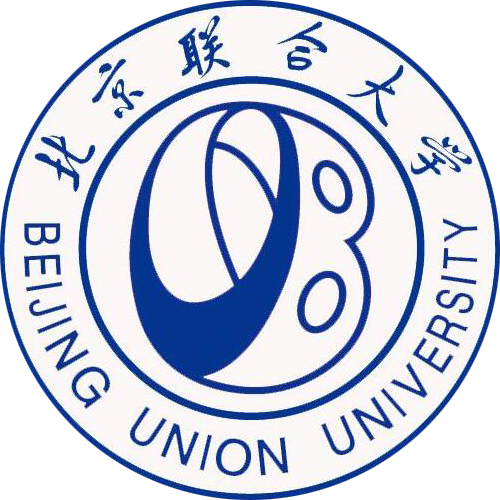详细信息
Biodegradation of Unsymmetrical Dimethylhydrazine in Solution and Soil by Bacteria Isolated from Activated Sludge ( SCI-EXPANDED收录)
文献类型:期刊文献
英文题名:Biodegradation of Unsymmetrical Dimethylhydrazine in Solution and Soil by Bacteria Isolated from Activated Sludge
作者:Liao, Qili[1,2];Feng, Changgen[1];Wang, Li[3]
第一作者:Liao, Qili
通讯作者:Feng, CG[1]
机构:[1]Beijing Inst Technol, State Key Lab Explos Sci & Technol, Beijing 100081, Peoples R China;[2]Beijing Union Univ, Coll Automat, Beijing 100101, Peoples R China;[3]Rocket Propellant Detect & Protect Ctr, Gen Equipment Dept, Beijing 100101, Peoples R China
第一机构:Beijing Inst Technol, State Key Lab Explos Sci & Technol, Beijing 100081, Peoples R China
通讯机构:[1]corresponding author), Beijing Inst Technol, State Key Lab Explos Sci & Technol, Beijing 100081, Peoples R China.
年份:2016
卷号:6
期号:4
外文期刊名:APPLIED SCIENCES-BASEL
收录:;Scopus(收录号:2-s2.0-84973550054);WOS:【SCI-EXPANDED(收录号:WOS:000375232200006)】;
基金:This study was financially supported by the general logistics department for important projects (number BEP14C002) of Public Liberation Army, China. The authors thank Chunhua Fan, who did the solution biodegradation experiment, and Hui Zhao, who did the soil biodegradation experiment.
语种:英文
外文关键词:unsymmetrical dimethylhydrazine (UDMH); biodegradation; soil; solution
摘要:The biodegradation effect and pathway of unsymmetrical dimethylhydrazine (UDMH), which is a major rocket propellant with highly toxic properties, with two strains isolated from the acclimated activated sludge were investigated in solution and in soil. The results demonstrated that Stenotrophomonas sp. M12 (M12) was able to degrade UDMH of 50 mg.L-1 as the sole carbon source in aqueous mineral salt medium (MSM), but could not degrade UDMH in soil. Comamonas sp. P4 (P4) barely degraded UDMH of 50 mg.L-1 as the sole carbon source in aqueous MSM, but the degrading capacity of P4 could be improved by the addition of an extra carbon source. Meanwhile, P4 was able to degrade UDMH of 100-600 mg.kg(-1) in the soil. The degradation of UDMH in the soil was influenced by organic matter, autochthonous microorganisms, and metal ions. UDMH could inhibit metabolism of M12 and P4, and the inhibition influence was more severe in aqueous MSM than in soil. Oxygen content was important for M12 biodegrading UDMH, and co-metabolism helped P4 to self-detoxify and self-recover. The main intermediates of UDMH were identified by Gas Chromatography-Mass Spectrometer (GC/MS) qualitative analysis, and the concentrations of UDMH and its important transformation products were determined in solution and soil. According to the determination results, the synchronous degradation theory was proposed, and the degradation pathway was discussed.
参考文献:
![]() 正在载入数据...
正在载入数据...


